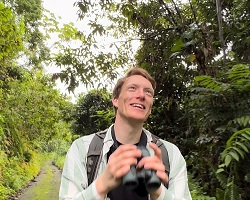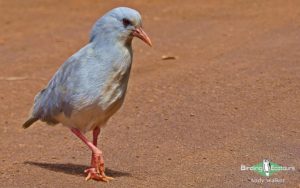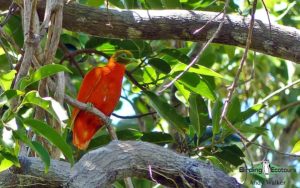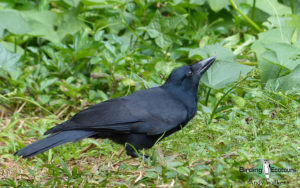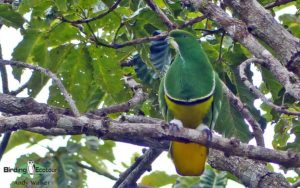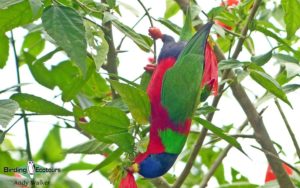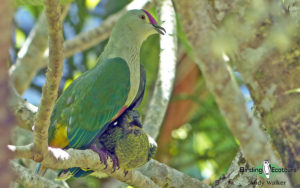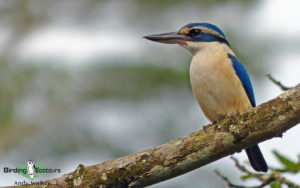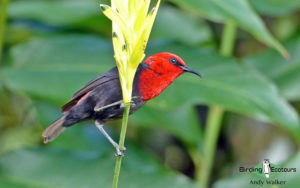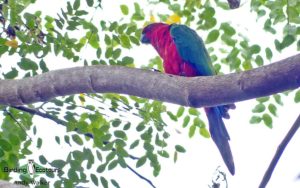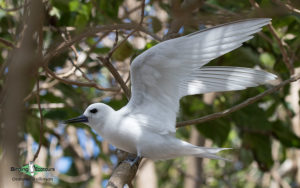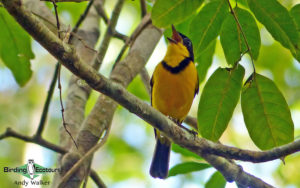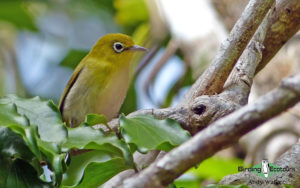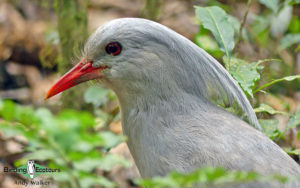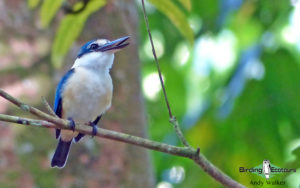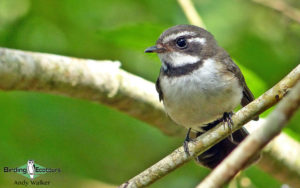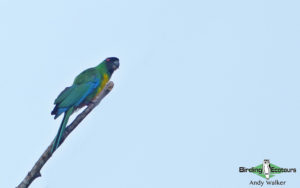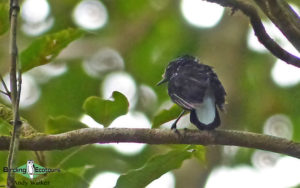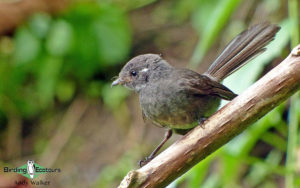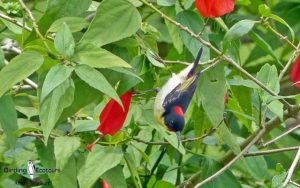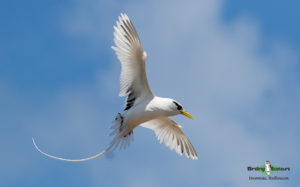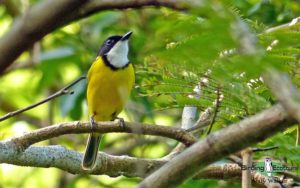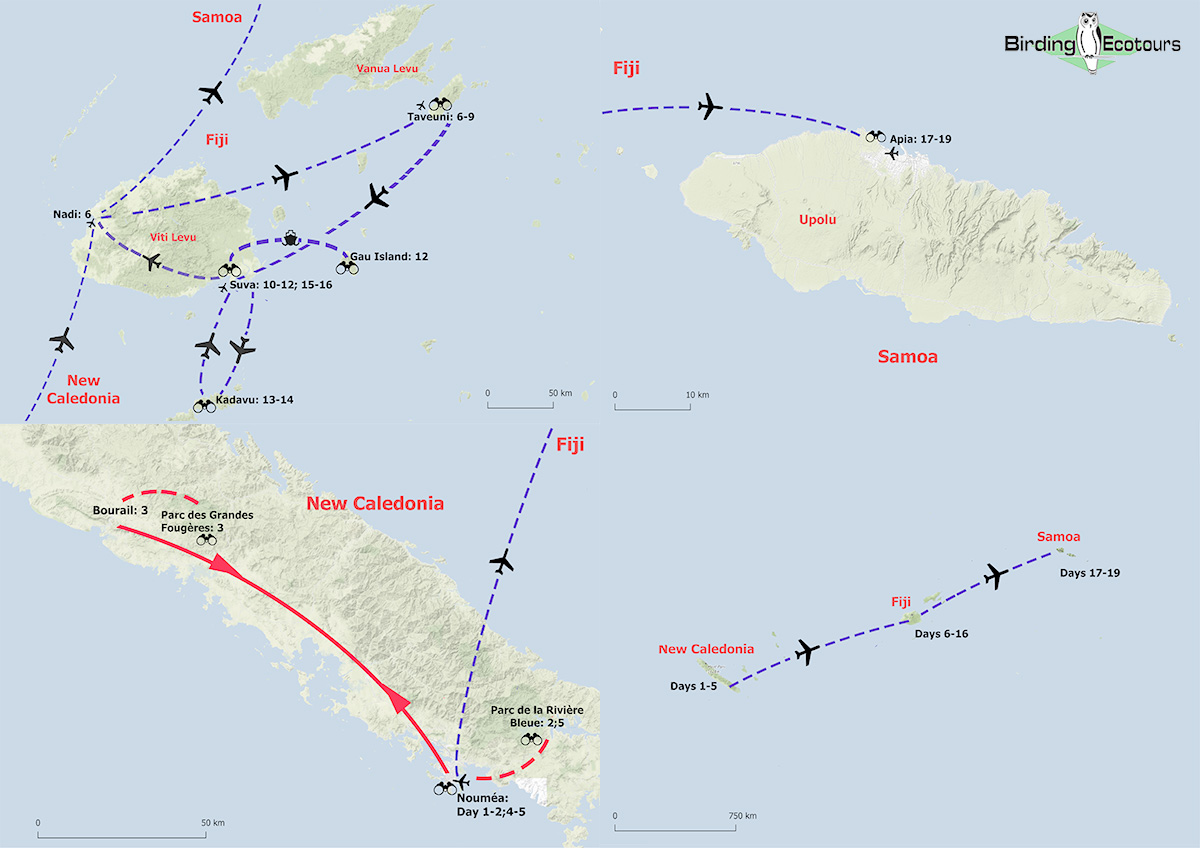New Caledonia, Fiji, and Samoa: Pacific Birding Adventure
Go to: Fiji Birding Tours | New Caledonia Birding Tours | Samoa Birding Tours | Birding Tours in Australasia | All our birding tours
New Caledonia, Fiji and Samoa: Pacific Birding Adventure
June 2024/2025
The Pacific region contains hundreds of islands and includes numerous incredible birds. Our Pacific birding tour focusses on the endemics and specials of three island groups, New Caledonia (for five days), Fiji (for eleven days), and Samoa (for three days). This tour will offer an excellent introduction to the region as well as being great for anyone who has birded in the Pacific but is yet to reach these wonderful and varied nations. We will start our birding on the island of Grande Terre, New Caledonia, where we will look for the amazing endemic and flightless Kagu (also a monotypic family), along with other endemics like the Critically Endangered (BirdLife International) Crow Honeyeater, the simply spectacular Cloven-feathered Dove, and the tool-using New Caledonian Crow.
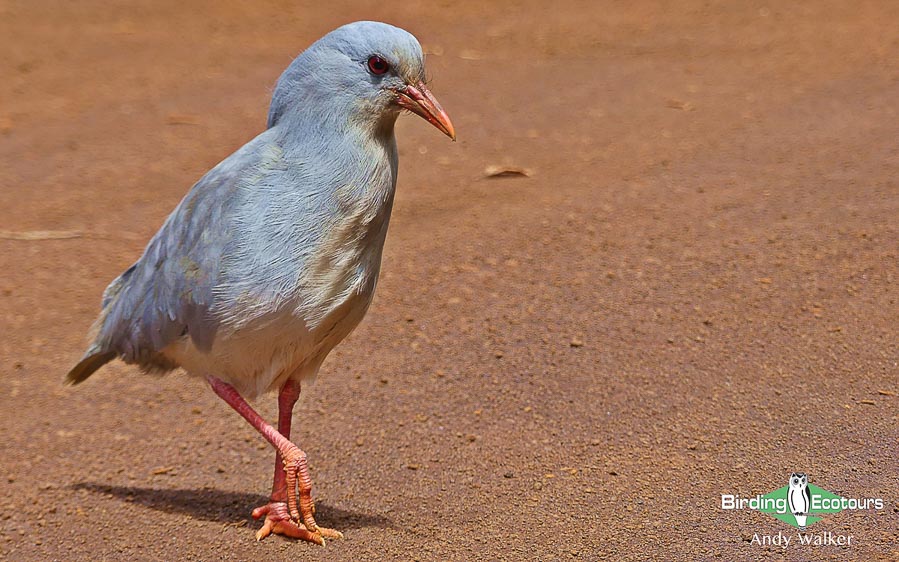
Next on our tour will be the island nation of Fiji, where we will spend our time birding on Viti Levu, Taveuni, and Kadavu, three islands that will allow us a chance to find almost all of the country’s endemic birds, including the spectacular trio of Orange Fruit Dove, Golden Fruit Dove, and Whistling Fruit Dove. It’s not all just about those species though with plenty of endemic parrots and honeyeaters to target, as well as the interesting Taveuni Silktail. Lots of other Fijian and Polynesian endemics are sure to be enjoyed too. During our time in Fiji, we will take a full-day pelagic boat trip to target some of the rare seabirds of this region, such as Collared Petrel and hope to encounter the very little-known, and extremely rare, Fiji Petrel, a unique opportunity and one we are thrilled to be able to offer.
Once we’ve finished in Fiji, our third and final stop will be Samoa (formerly Western Samoa). We will focus on the endemics on the large island of Upolu such as Mao, Flat-billed Kingfisher, Red-headed Parrotfinch, and several other exciting species such as the near-endemic Blue-crowned Lorikeet, of a genus endemic to Polynesia.
This is sure to be an epic birdwatching trip through some exciting Pacific islands and we look forward to showing you a range of unique and thrilling birds.
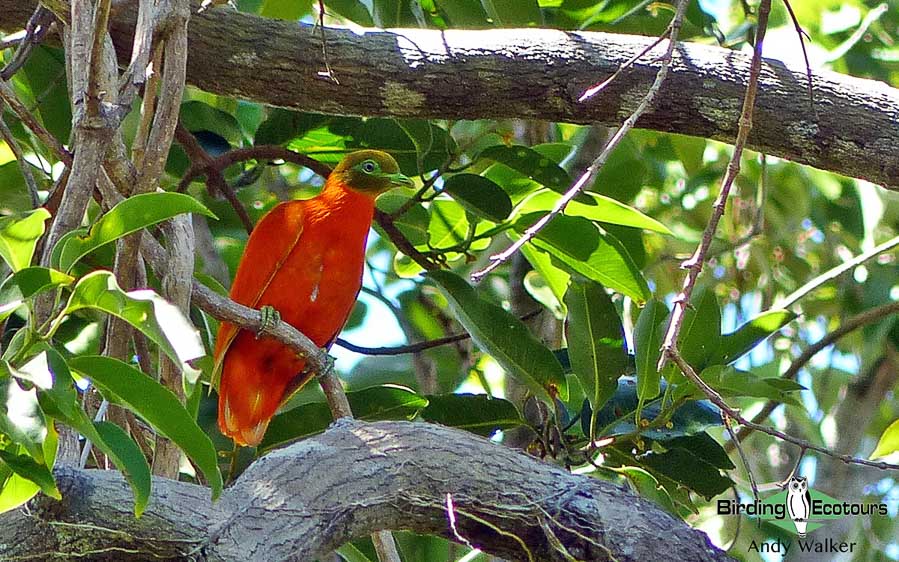
Detailed Itinerary (19 days/18 nights)
Day 1. Arrival in New Caledonia
Afternoon arrival at La Tontouta International Airport, Grande Terre, New Caledonia, and transfer to our hotel in Nouméa. Afternoon at leisure relaxing in our comfortable hotel. Our tour will start in the evening with a group welcome dinner.
Overnight: Nouméa
Day 2. Full day birding at Parc de la Rivière Bleue
We will travel to Parc de la Rivière Bleue in search of endemic birds, including the star endemic, the flightless and extremely rare Kagu. We will focus our attention on finding this great bird and getting the best views possible. While searching for the Kagu we are likely to come across many other endemics and regional specials in this excellent reserve, such as New Caledonian Parakeet, New Caledonian Myzomela, Barred Honeyeater, New Caledonian Friarbird, Green-backed White-eye, Fan-tailed Gerygone, Metallic Pigeon, Goliath Imperial Pigeon, Sacred Kingfisher, South Melanesian Cuckooshrike, New Caledonian Cuckooshrike, Horned Parakeet, Southern Shrikebill, Yellow-bellied Flyrobin, Red-throated Parrotfinch, White-bellied Goshawk, Cloven-feathered Dove, and New Caledonian Crow. While we are birding at Parc Provincial de la Rivière Bleue, there is also a chance for the Critically Endangered (BirdLife International) Crow Honeyeater, a bird which is getting harder and harder to find each year.
Overnight: Nouméa
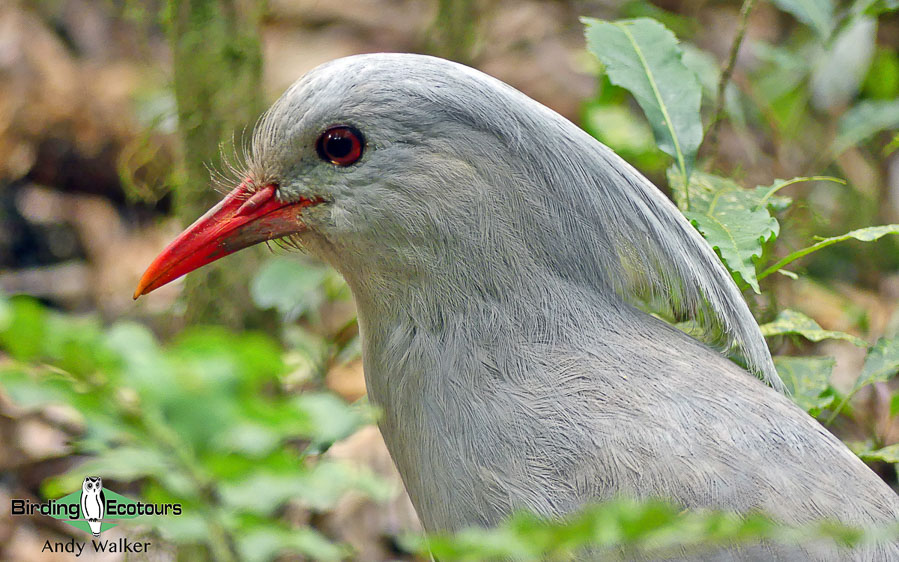
Day 3. Birding Parc des Grandes Fougères
We will leave the city early and travel northwest to explore Parc des Grandes Fougères (Tree Fern Park), special birds here may include Cloven-feathered Dove, New Caledonian Crow, and Horned Parakeet among many other species such as Southern Shrikebill, Yellow-bellied Flyrobin, New Caledonian Whistler, Striated Starling, and White-bellied Goshawk. In the mid-afternoon, we continue travelling northwest to our accommodation in Bourail, to position ourselves well to target one of the most secretive of New Caledonia’s endemics tomorrow.
Overnight: Bourail
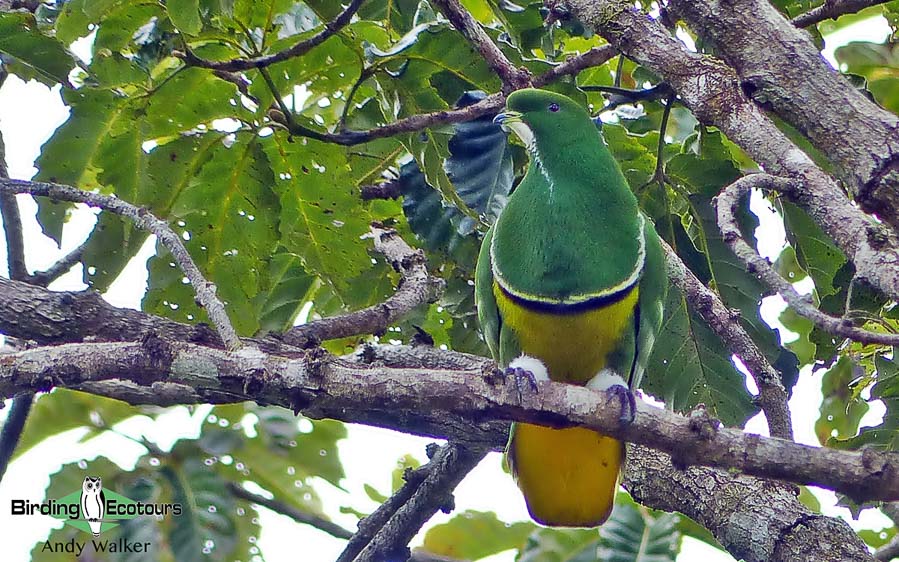
Day 4. Birding the Farino area
This morning we will visit the Bourail grasslands to target the shy, yet charismatic New Caledonian Thicketbird. We will also look for the local Red-bellied Fruit Dove, a Melanesian endemic. In the afternoon we head south for a two-night stay back in Nouméa.
Overnight: Nouméa
Day 5. Full day birding at Parc de la Rivière Bleue
We return to the beautiful Parc Provincial de la Rivière Bleue looking for any endemics that might still be missing, and to focus on getting good views and photographs of Kagu and other tough endemic birds, such as Crow Honeyeater and New Caledonian Parakeet.
Overnight: Nouméa
Day 6. Transfer from Nouméa, New Caledonia, to Taveuni, Fiji (via Nadi, Viti Levu)
After an early departure from Nouméa, a morning flight out of New Caledonia sees us travelling via Nadi International Airport on Viti Levu, Fiji, and from there to the smaller Fijian island of Taveuni, our destination for the following four nights. We should have some time after our flight to bird around our hotel grounds where we will likely encounter some of the commoner Fijian species, including the endemic Collared Lory, Sulphur-breasted Myzomela, and near-endemic Vanikoro Flycatcher.
Overnight: Taveuni
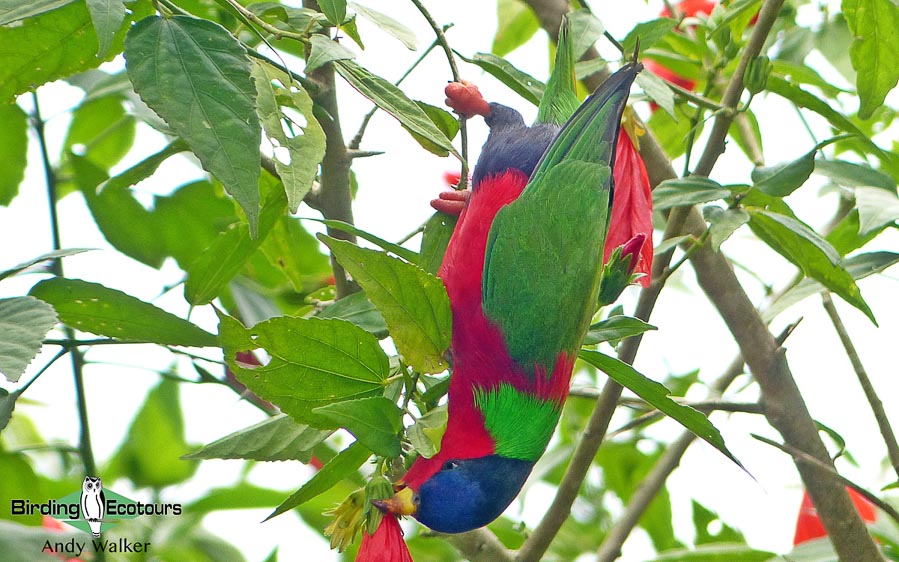
Days 7 – 9. Birding Taveuni, Fiji
For three days we visit various sites across Taveuni. Most of this time will be spent in the mountainous centre of the island, where we visit Des Voeux peak and Mount Manuka, to target the spectacular Orange Fruit Dove, Taveuni Silktail, and Azure-crested Flycatcher, the latter two being endemics to this small island. Other range-restricted specials include Maroon Shining Parrot, Fiji Wattled Honeyeater, and Yellow-billed Honeyeater. We should start becoming familiar with some of the more widespread Fijian species, such as Barking Imperial Pigeon, Fiji Goshawk, Polynesian Triller, Fiji Whistler, Fiji Woodswallow, Slaty Monarch, Fiji White-eye, and the secretive Fiji Bush Warbler, which are often easier to see on Taveuni compared to the other islands. It will be an exciting few days of birding, that’s for sure.
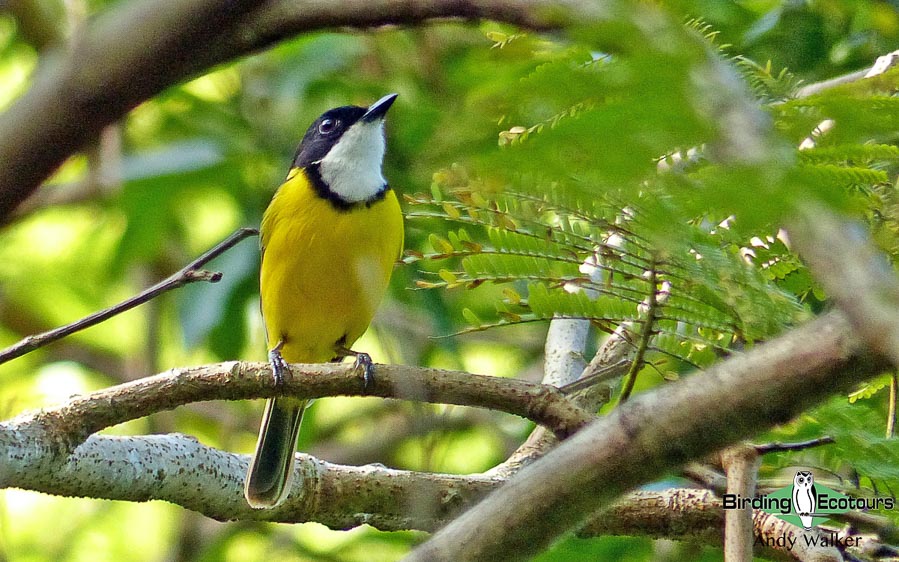
We will also find time for some coastal birdwatching in our evenings, to target some of the seabirds of this region, such as Red-footed Booby, Brown Booby, Great Frigatebird, Lesser Frigatebird, Wedge-tailed Shearwater, and Bridled Tern, alongside Pacific Kingfisher.
Overnight: Taveuni
Days 10 – 11. Birding Suva, Viti Levu island, Fiji
Departing Taveuni in the morning, we fly to the island of Viti Levu to spend three nights in Suva, Fiji’s capital city. For two days after our arrival on the island we will explore the forests of the Suva area, where most of our time will be spent within Colo-I-Suva National Park. Here we will seek another beautiful fruit dove, the Golden Fruit Dove, among other endemics restricted to this island, such as Masked Shining Parrot, Giant Honeyeater, and Kikau.
The park is one of the most avian diverse sites in Fiji, and we should encounter many other Fijian and Polynesian specials here, such as Chestnut-throated Flycatcher, Fiji Parrotfinch, Fiji White-eye, Polynesian Starling, Pacific Robin, Island Thrush, Slaty Monarch, Barking Imperial Pigeon, Collared Lory, Fiji Bush Warbler, Fiji Goshawk, Polynesian Triller, Black-throated Shrikebill, Fiji Shrikebill, Fiji Whistler, and if we’re lucky, Tongan Ground Dove which is also known as shy ground dove, for good reason. We will also visit Suvi Basin among other sites, to target a duo of secretive and little-known endemics to Viti Levu – the Pink-billed Parrotfinch, and the recently rediscovered Long-legged Thicketbird.
Overnight: Suva
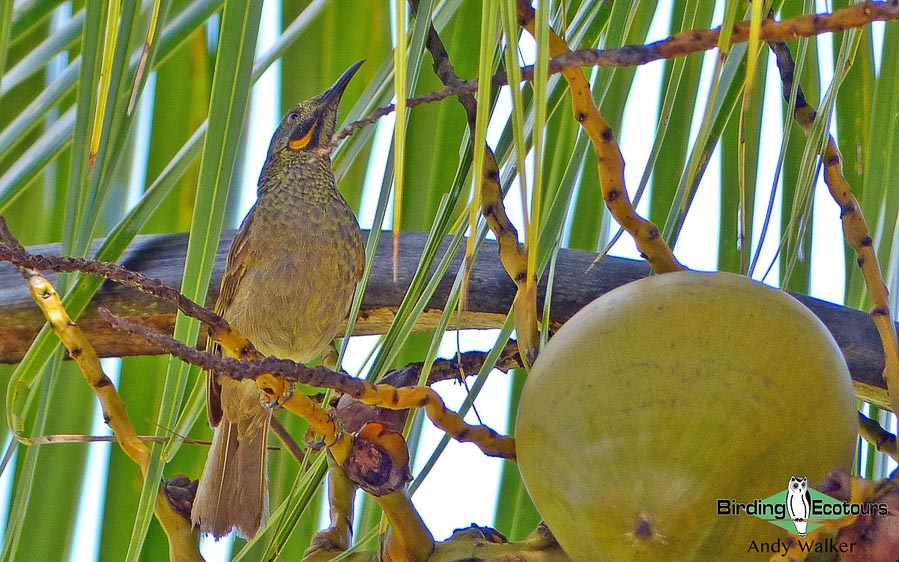
Day 12. Full day Fiji pelagic birding
Today we have a unique opportunity for a full-day pelagic birding trip in Fijian oceanic waters, heading to Gau Island, the only known breeding island of the Critically Endangered (BirdLife International) Fiji Petrel. While we would be very lucky to see this little-known and ultra-rare species, we will chum for other rare seabirds of this region, which include Collared Petrel, Tahiti Petrel, Gould’s Petrel, Polynesian Storm Petrel, Wilson’s Storm Petrel, Wedge-tailed Shearwater, and Tropical Shearwater, while being accompanied in our quest by Sooty Tern, Bridled Tern, White Tern, Brown Noddy, and Black Noddy.
Overnight: Suva
Days 13 – 14. Birding Kadavu island, Fiji
We will take a mid-morning flight from Suva to Kadavu island, where we will take a boat to our secluded resort, for a peaceful two-night stay in paradise. That afternoon and the following day we will bird around Kadavu island from our resort, with the most sought-after species, Kadavu Honeyeater, Kadavu Fantail, Whistling Fruit Dove, and Crimson Shining Parrot, all endemic to this small island. We also search for Many-colored Fruit Dove, Polynesian Starling, Slaty Monarch, Collared Lory, Fiji Whistler, Fiji Goshawk, and Fiji Shrikebill.
Overnight: Kadavu
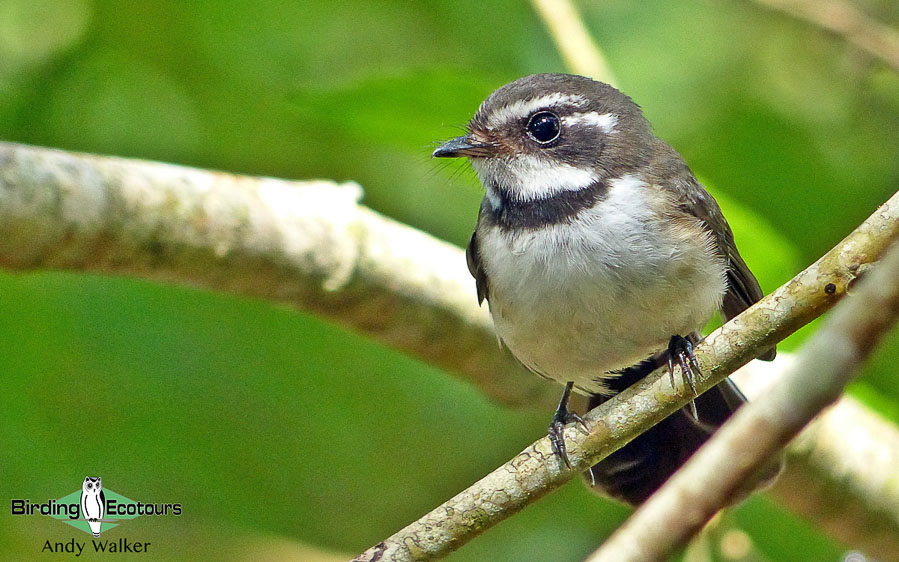
Days 15. Kadavu and flight to Suva
After a final morning birding on Kadavu, where we will target any of the four Kadavu endemics still at large, we will transfer by boat then by plane, back to Suva.
Overnight: Suva
Day 16. Birding Suva, Viti Levu island, Fiji
Today we have a full day to revisit the Colo-I-Suva National Park, looking for any endemics that might still be missing. This will allow us time to thoroughly explore the diverse park and give us more chances of encountering the shy and often tricky species that inhabit this region, such as Pink-billed Parrotfinch, Long-legged Thicketbird, and Tongan Ground Dove. We’ll also concentrate on getting good views and photographs of some of Fiji’s iconic birds, such as Golden Fruit Dove and Masked Shining Parrot before we depart for Samoa.
Overnight: Suva
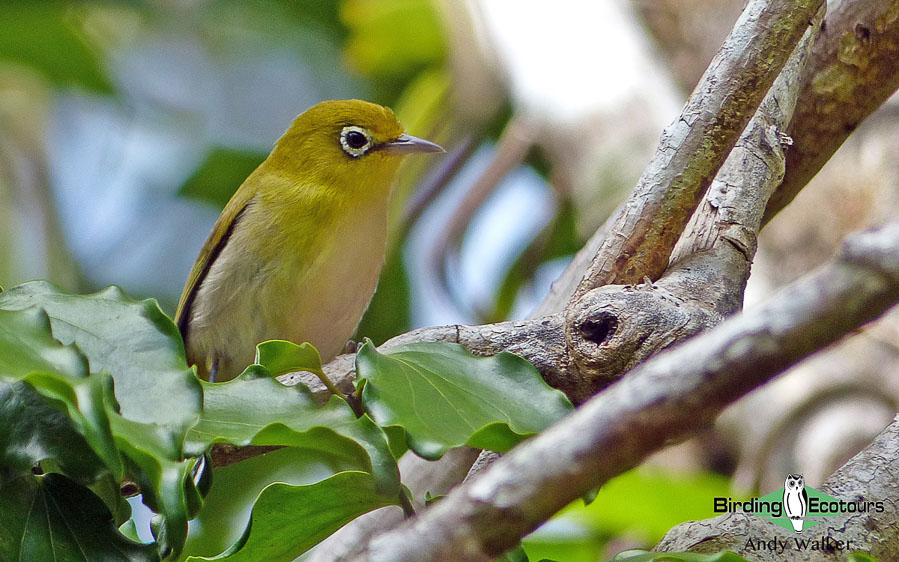
Day 17. Flight to Upolu, Samoa
Today will mainly be a transfer day as we travel from Suva via Nadi International Airport, to Apia, the capital of Samoa on the island of Upolu. Here we will have an afternoon of birding near Apia, targeting the more widespread endemics, such as Flat-billed Kingfisher, Samoan Starling, Samoan Whistler, and Samoan Fantail. Several seabird species are common around the coast of the island, so we should get good views of White-tailed Tropicbird, Brown Noddy, and White Tern.
Overnight: Apia
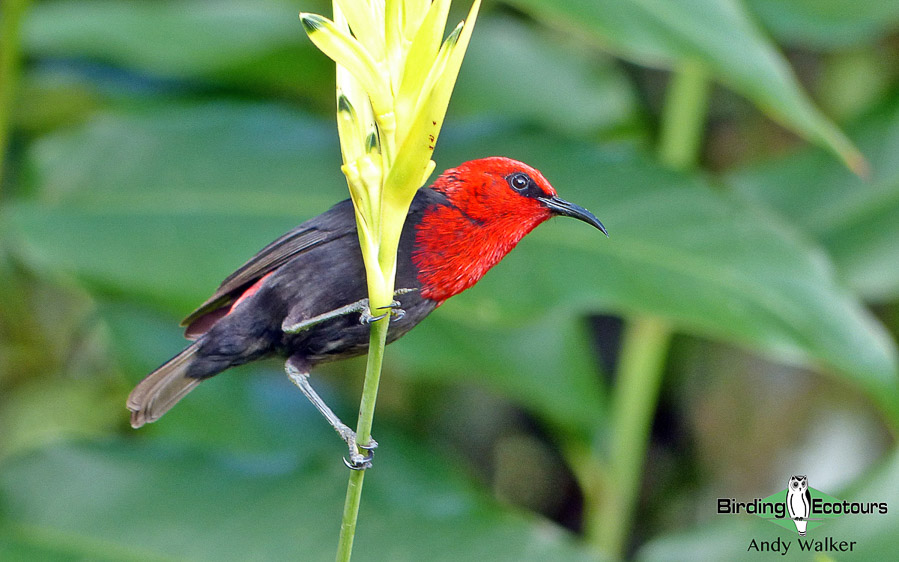
Day 18. Birding Upolu, Samoa
We will bird for lowland and highland endemics on Upolu. We will visit Malolo’leli reserve in our quest for the endemic Mao (a friarbird-like honeyeater), Samoan Flycatcher, Samoan Triller, and Red-headed Parrotfinch. Aside from these endemics, we will target Polynesian specials, such as Cardinal Myzomela, Polynesian Wattled Honeyeater, Many-colored Fruit Dove, the Samoan subspecies of Crimson-crowned Fruit Dove, and the beautiful, Blue-crowned Lorikeet. Buff-banded Rail are pleasantly common here, and we should see Pacific Imperial Pigeon, Metallic Pigeon, and White-rumped Swiftlet.
Overnight: Apia
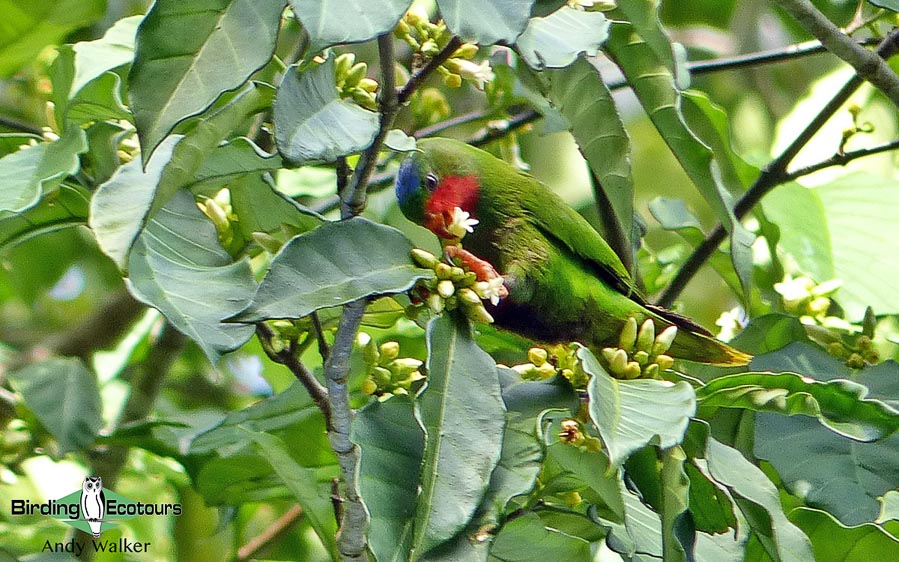
Day 19. Birding Upolu, Samoa before tour concludes and international departure
The final morning of the tour will be spent birding on Upolu, where we will target any remaining endemics and specials. The tour will end at midday with your international departure in the afternoon.
Overnight: Not included
Please note that the itinerary cannot be guaranteed as it is only a rough guide and can be changed (usually slightly) due to factors such as availability of accommodation, updated information on the state of accommodation, roads, or birding sites, the discretion of the guides and other factors. In addition, we sometimes have to use a different international guide from the one advertised due to tour scheduling. Please note that the tour route is merely indicative because the local flight schedules are only released at quite a late stage, and this often changes the itinerary a little.
Download ItineraryPlease see our New Caledonia trip report here , or get in touch with us ([email protected]) if you would like other trip reports from this destination.
